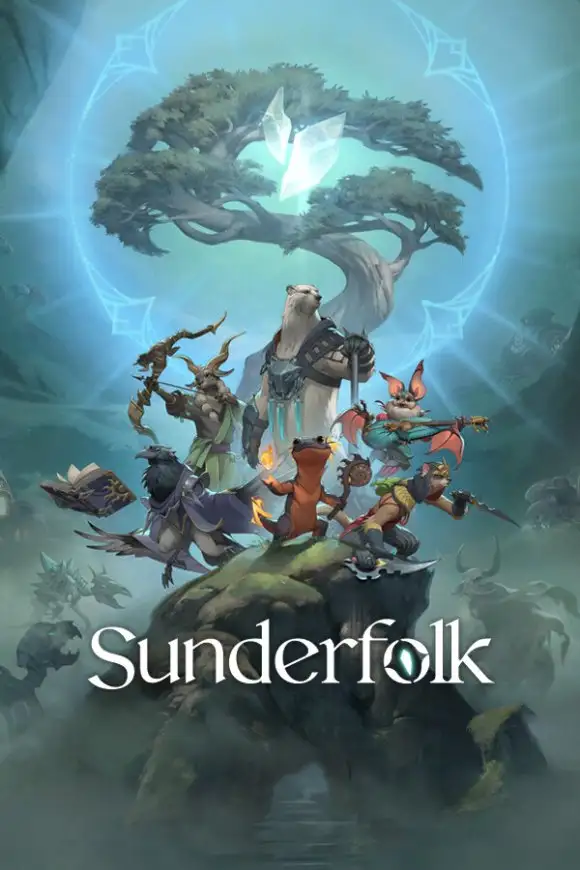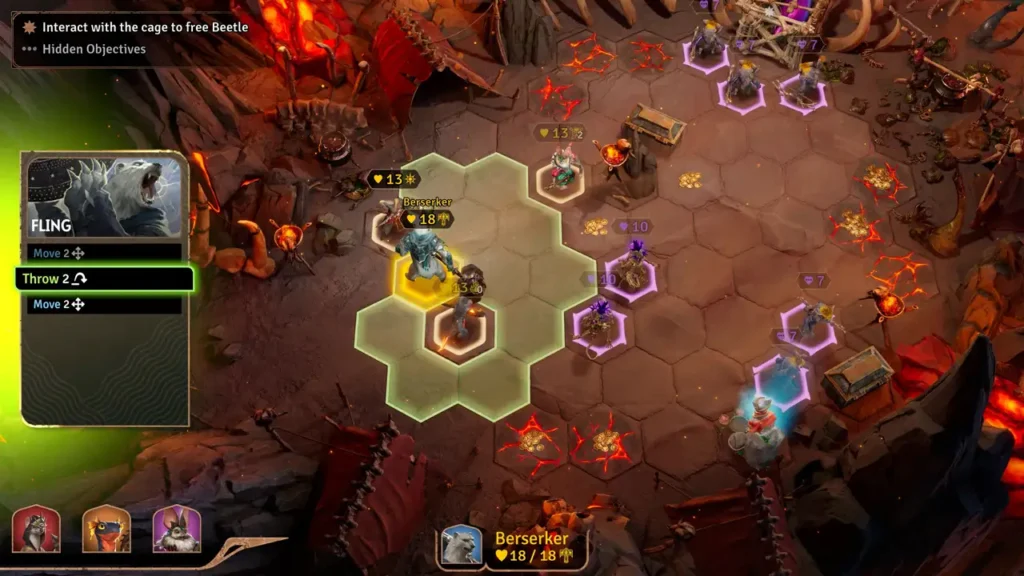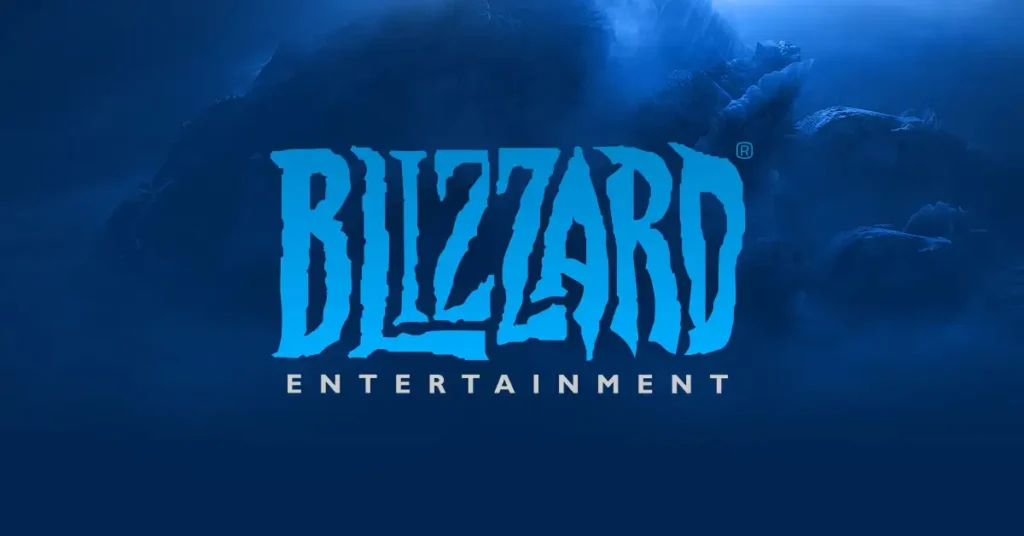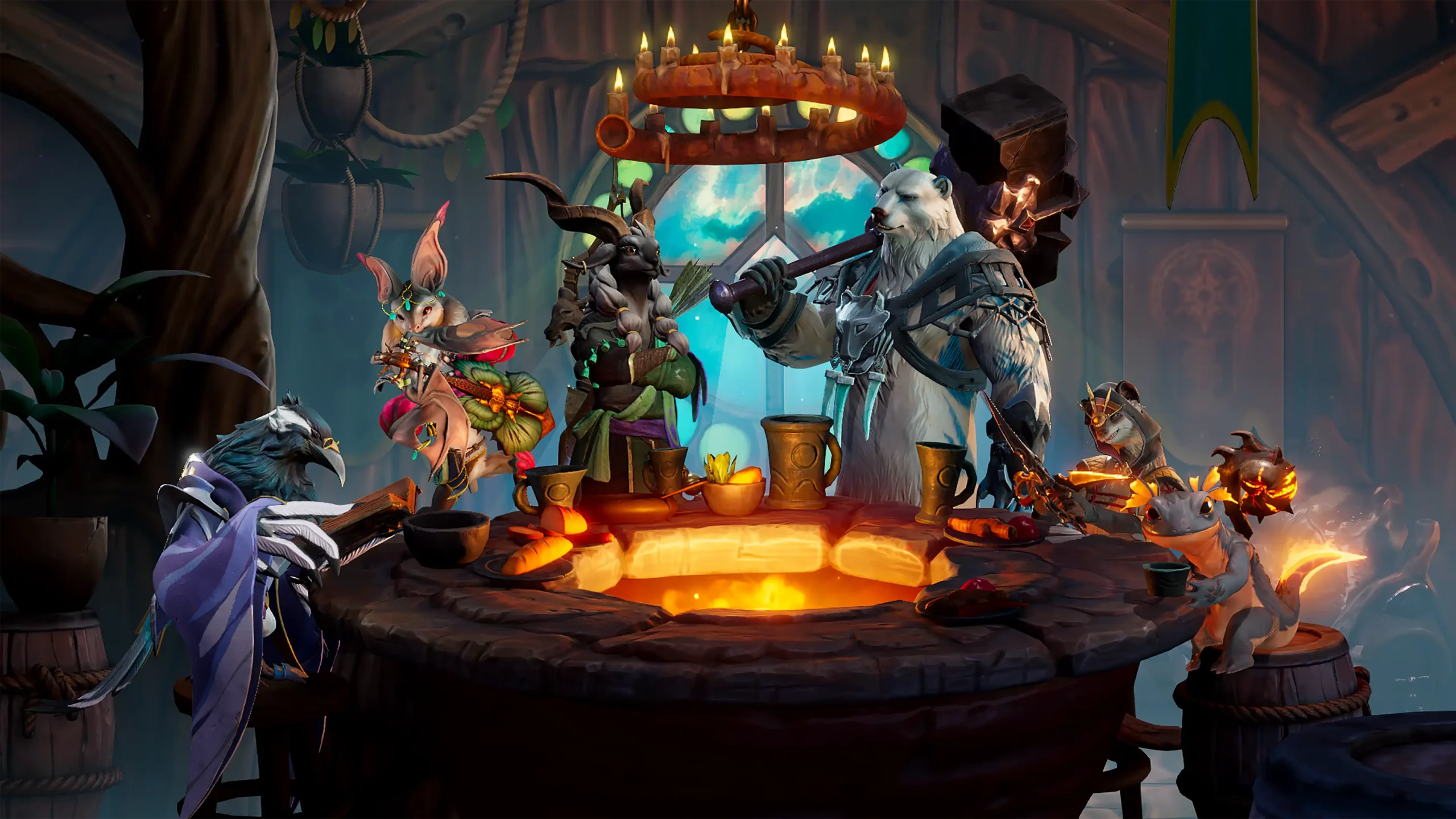Half a decade ago, Mike Morhaime—previously the president of Blizzard Entertainment—joined forces with his wife, Amy Morhaime, to launch a new game development and publishing company: Dreamhaven. In early conversations with the founding team, they spoke passionately about establishing a sustainable model for game publishing and studio support. Their mission wasn’t only to develop games in-house, with studios like Moonshot and Secret Door, but also to collaborate with external creative teams aligned with their values.
Mike Morhaime concluded that initial discussion with an ambitious aspiration. He expressed that their goal was to become a guiding light within the games industry, symbolized by their lighthouse logo. According to him, there existed a better, more thoughtful way to approach both the business and creative aspects of gaming—one that could foster great products, financial success, and a healthy work environment. Ultimately, he hoped that Dreamhaven might raise the standards across the industry.
Weathering a Turbulent Industry
When Dreamhaven emerged, it joined a wave of studios formed by veteran developers striving for a better way of making games. But in the years that followed, the industry was rocked by major challenges—global crises, economic turmoil, sweeping layoffs, project cancellations, and shuttered studios. Many of those ambitious ventures failed to launch or had to delay their dreams significantly.
Dreamhaven, however, remained afloat and is now taking a significant leap forward. The studio recently partnered with The Game Awards for its inaugural showcase, pulling back the curtain on four titles—two developed internally and two created by external partners under Dreamhaven’s wing.
A Packed Showcase: Four Titles Revealed
The showcase featured Sunderfolk, a turn-based tactical RPG designed for couch co-op, which is slated for release on April 23. Also unveiled was Wildgate, a newly announced first-person shooter focused on team-based space heists.


Beyond its internal creations, Dreamhaven is publishing Lynked: Banner of the Spark, an action RPG crafted by Los Angeles-based studio FuzzyBot, which is already available in early access and preparing for a full release in May. The fourth title, Mechabellum, is a tactical auto-battler developed by Game River in China. While it launched back in September, Dreamhaven’s backing is now helping to keep it fresh with ongoing support.
This flurry of activity is impressive for a studio still in its early years, but Dreamhaven’s scope extends well beyond these four games.
Expanding Support for Independent Studios
In addition to its internal work, Dreamhaven is currently supporting ten other external development teams. Many of these are also led by former AAA developers. The support Dreamhaven provides varies—from publishing help to strategic investment, consultancy, and guidance on fundraising. Speaking at the Game Developers Conference (GDC), Mike Morhaime explained that from the beginning, the aim was to weave a sort of “net” that could gather and support top-tier talent that was otherwise scattering across the industry.
He elaborated that Dreamhaven wanted to create a structure that would enable them to cheer on and mentor these emerging studios. With their existing relationships in the industry, they were in a unique position to offer support, guidance, and incentive for others’ success.
Profit vs. Craft: Finding the Balance
Throughout the GDC, concerns over the industry’s instability continued to surface. Many point to an obsessive focus on profitability as a root cause behind project cancellations, studio closures, and layoffs. When asked about the tension between creative expression and financial pressures, Morhaime stated that these forces do not necessarily have to be in conflict. However, he did emphasize that innovation requires a safe and flexible environment—one where failure is acceptable and experimentation is encouraged.
He pointed out that although profitability is a valid goal, it shouldn’t be the core daily focus of development teams. Instead, studios should concentrate on crafting exceptional experiences. In his view, that approach is not only artistically rewarding but also strategically sound in a saturated market where standing out is vital.
Lessons from Blizzard, New Approaches at Dreamhaven
Given that many at Dreamhaven come from AAA backgrounds, the conversation naturally turned toward what lessons Morhaime had taken from his Blizzard days. One standout principle he noted was the importance of an “iterative” process in game development. He explained that projects rarely unfold in a straight line. Obstacles are inevitable, and flexibility is crucial to adapt and make necessary adjustments. At Blizzard, that mindset helped create games that developers could truly be proud of.

When asked to compare his past experience at Blizzard with his current role, Morhaime highlighted the increased level of autonomy within Dreamhaven. He described it as a highly experienced team structure that empowers studio leadership with significant independence. Dreamhaven’s internal relationship with its studios feels more like a partnership than a top-down hierarchy. Most studio heads are also co-founders, so mutual respect and trust form the foundation of their collaboration.
A Cautious Approach to Emerging Technology
As with much of the industry, new technologies were a hot topic at GDC—particularly generative AI. Despite the mixed opinions from both gamers and developers, large studios are already integrating the tech behind the scenes. Dreamhaven, according to Morhaime, isn’t dismissing the potential of generative AI but is moving cautiously. Thus far, it has only been used in limited contexts, such as drafting internal policies or exploring best practices. None of Dreamhaven’s games currently utilize the technology.
Morhaime said that as a technologist, he finds the evolution of AI incredibly exciting. Just a few years ago, he wouldn’t have believed that generative AI could achieve what it does today. At the same time, he acknowledged the complex ethical, legal, and social implications it raises. He argued that attempting to ignore or suppress the technology is unrealistic—it’s here to stay, and those who refuse to engage with it risk falling behind.
Thoughts on the Next Nintendo Console
Switching to less controversial tech, discussion turned to the Nintendo Switch 2. Although Sunderfolk is set to release on the current Switch, Wildgate notably left the platform out of its multi-platform announcement. Morhaime didn’t provide additional details on that decision, but he did comment more broadly on hardware transitions.
He noted that while new consoles can disrupt ongoing sales, they can also breathe new life into the industry. For a relatively young company like Dreamhaven, such transitions represent opportunities rather than challenges. As a gamer, he added, these periods of change are particularly exciting.
Is Dreamhaven Fulfilling Its Mission?
In closing, the conversation circled back to the vision Morhaime shared five years ago. Has Dreamhaven become the “beacon” he once envisioned? Not yet, he admitted. The team still needs to release games that players embrace and achieve enough commercial success to prove their model works.
Ultimately, Morhaime hopes Dreamhaven will come to be seen as a trustworthy brand—a symbol of quality that gamers recognize across genres. His aspiration is for players to feel confident that if a game carries the Dreamhaven name, it’s worth their time and attention.
